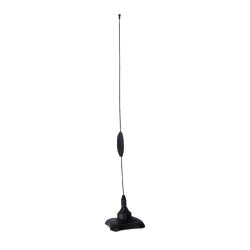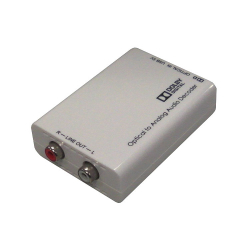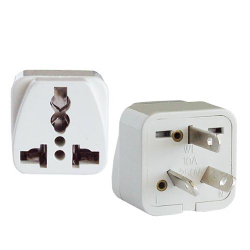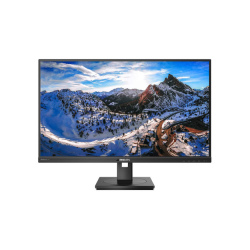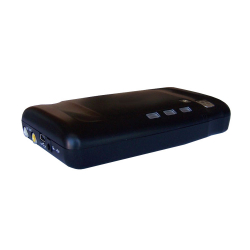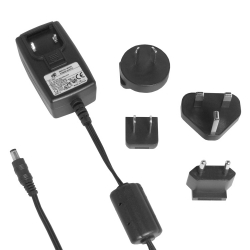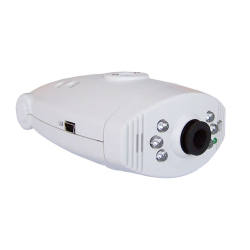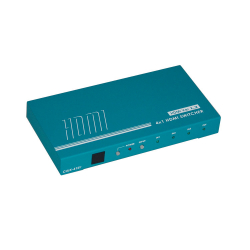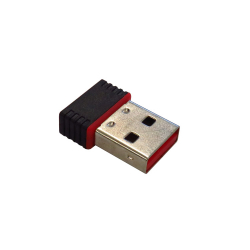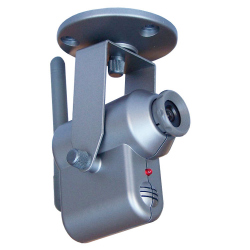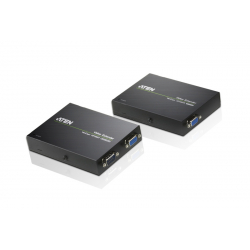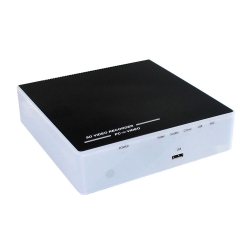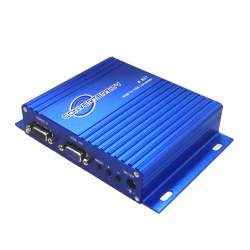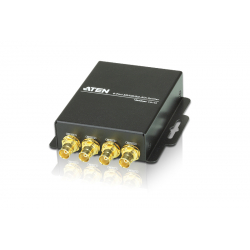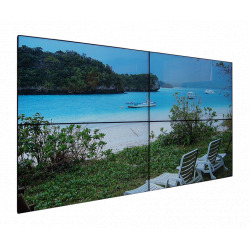A B C D E F G H I J K L M N O P Q R S T U V W X Y Z _
| Chroma Key | The technique for mixing two images or frames together in which a colour (or a small colour range) from one image is removed (or made transparent), revealing another image behind it. For example it is commonly used for weather forecast broadcasts, where the presenter appears to be standing in front of a large map, but in the studio it is actually a large blue or green background. A Blue or Green background is usually favoured as these colours are considered to be the furthest away from skin tone. The Chroma Key process is based on the luminance key. In a luminance key, everything in the image over (or under) a set brightness level is "keyed" out and replaced by either another image, or a colour from a colour generator. See Blue Key. |
| CEC | One of the channels in an HDMI connection is dedicated to a set of advanced control functions, collectively known as CEC. CEC wiring is in a product is mandatory, although implementation of CEC in a product is optional. The feature is designed to allow the user to command and control multiple CEC-enabled boxes with one remote control and for individual CEC-enabled devices to command and control each other without user intervention. Examples of current CEC systems include Sony's BRAVIA Sync, Panasonic's VIERA Link, and Sharp's Aquos Link. |
| Cable TV (CATV) | A TV system that uses fixed optical fibers or coaxial cables as opposed to the over-the-air method used in traditional television broadcasting (via radio waves) in which a television antenna is required. Hundreds of channels can be transmitted simultaneously with CATV, which is almost impossible with traditional television broadcasting. |
| CAT 5 | Category 5 cable, commonly known as Cat 5 or Cat-5, is an unshielded twisted pair type cable designed for high signal integrity. Used mostly for communication and networking systems - most commonly known as being rated for its Ethernet capability of 100 Mbit/s. Cat 5 cable typically has three twists per inch of each twisted pair of 24 gauge (AWG) copper wires within the cables. Cat 5 has also been adapted to transmit a HDMI signal, successfully transmitting HDMI over extremely long cable runs, i.e. 40-50 meters. |
| CAT 5e | Category 5e cable is an enhanced version of Category 5 that adheres to more stringent standards. It is capable of transmitting data at speeds of up to 1000 Mbps (1 Gigabit per second). |
| CAT 6 | Category 6 cable, commonly referred to as Cat 6 or Cat-6, is a cable standard designed to perform at frequencies of up to 250 MHz and offers higher performance for better transmission of data at speeds up to 1000 Mbps. Backwards compatible with the Category 5/5e and Category 3 cable standards. Cat 6 features more stringent specifications for crosstalk and system noise. Cat 6 has also been adapted to transmit a HDMI signal, successfully transmitting HDMI over extremely long cable runs, i.e. 40-50 meters. |
| Chip Set | A chipset or chip set refers to a group of integrated circuits, or chips, that are designed to work together. Manufacturers of VGA cards, computer main boards, multimedia hardware and other video hardware use chip-sets to perform specific tasks which are integrated into the work of the entire board. |
| Coaxial | Coaxial cable (or 'coax') is a shielded copper wire cable which consists of two conductors that share a common axis. The inner conductor is typically a straight wire, either solid or stranded, and the outer conductor is typically a shield that might be braided or woven. Coaxial cable is used as a transmission line for radio frequency signals, in applications such as connecting radio transmitters and receivers with their antennas, computer network (Internet) connections, and distributing cable television signals. The RF industry uses standard type-names for coaxial cables. Thanks to television, RG-6 is the most commonly-used coaxial cable for home use. |
| Codec | This term is short for "Coder-decoder." A codec is a program used for encoding and decoding a digital signal, usually employing compression/decompression algorithms to streamline the data and conserve bandwidth. |
